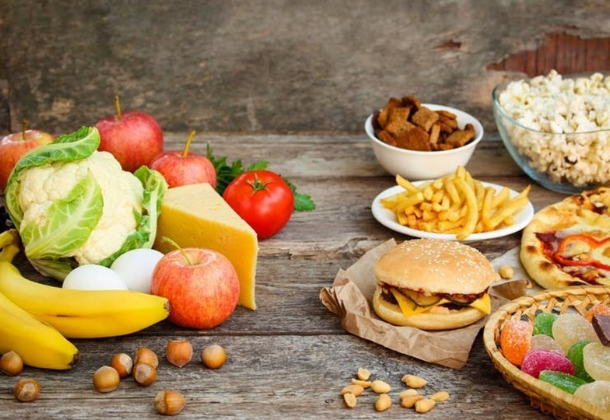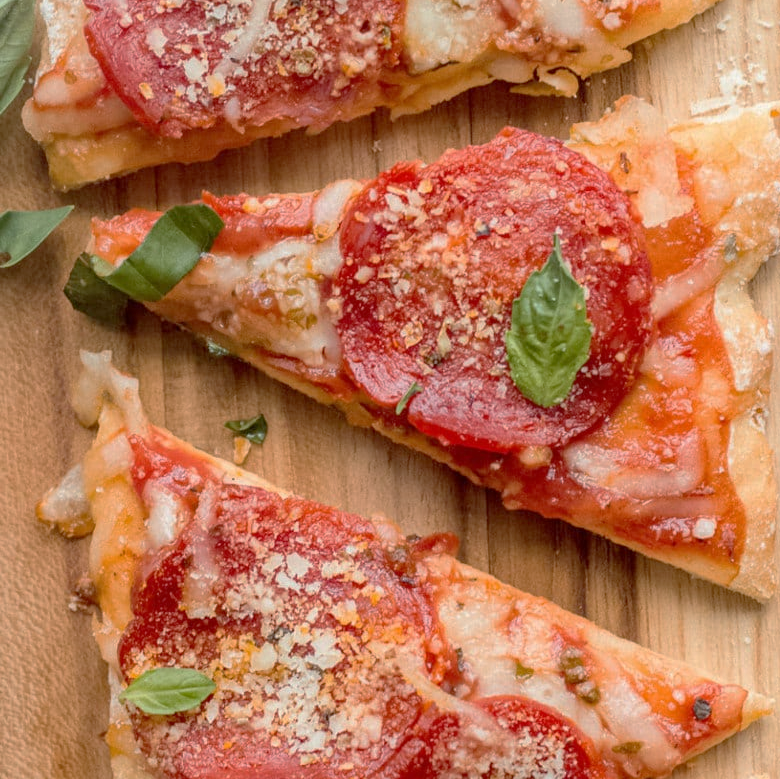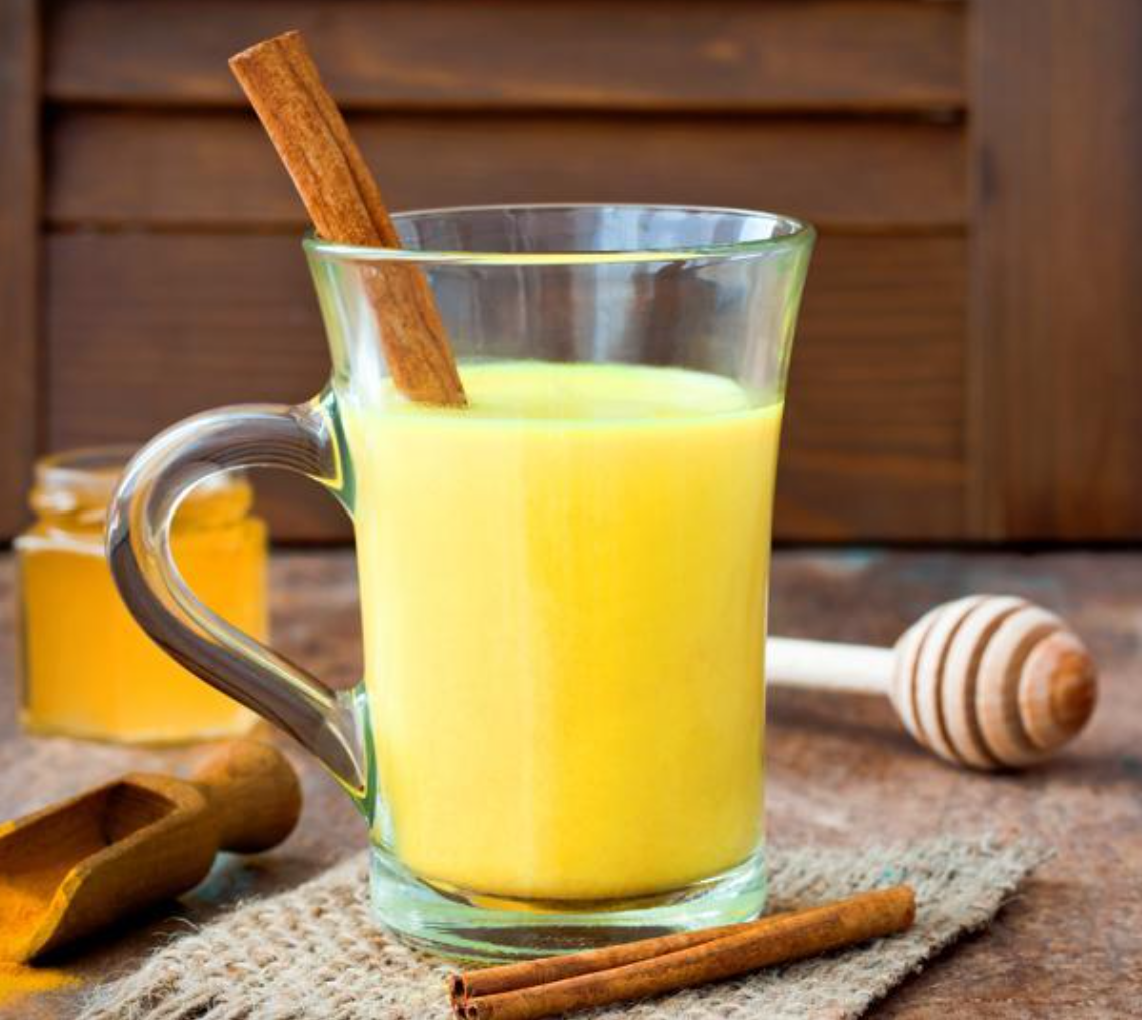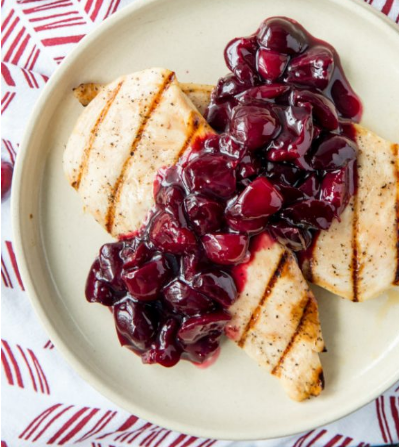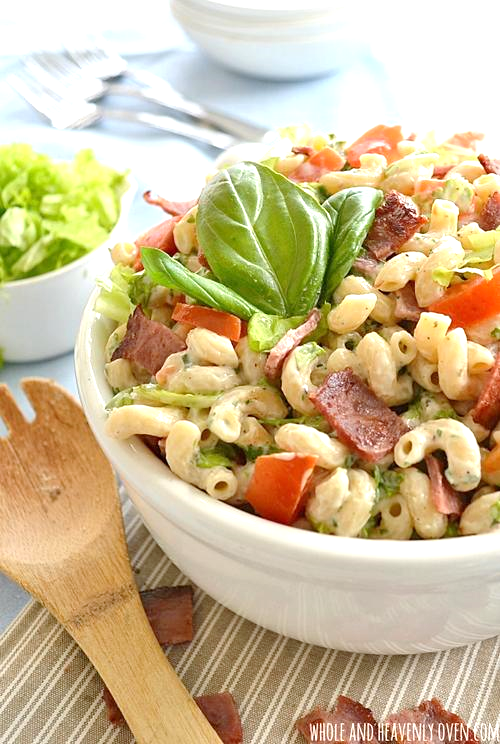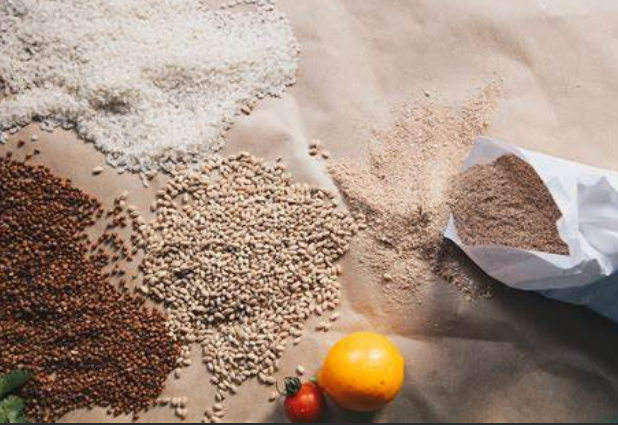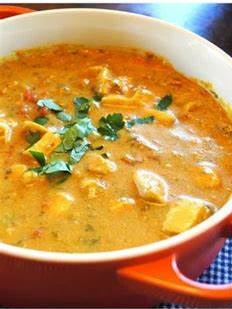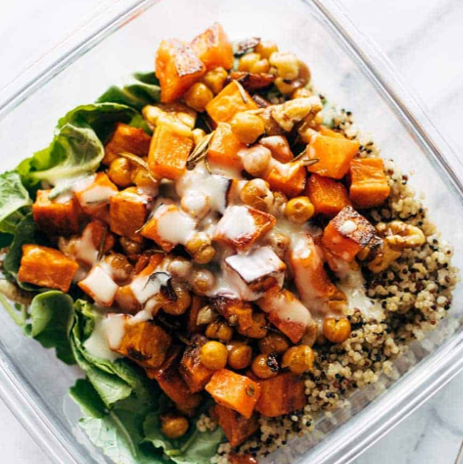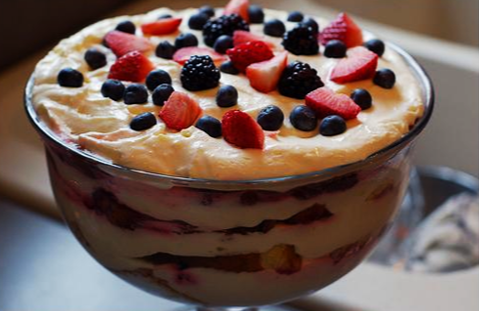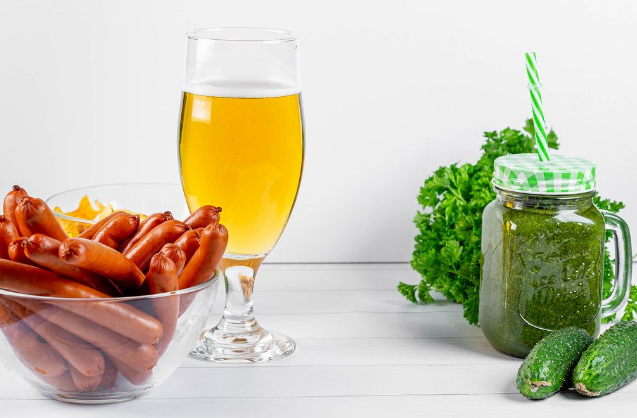Did you notice any mood changes in your adolescent?
Are you concerned about your adolescent diet?
What is mental health?
Mental health is the emotional, psychological and social well-being as it determines how an individual thinks, feels and acts. There are two types of mental health problems which are; poor mental health and mental illness. Poor mental health is when an individual is experiencing poor mental function affecting his physical, mental and social well-being negatively but is not diagnosed with a mental illness. On the other hand, an individual can be diagnosed with a mental illness but still experiencing good mental health function.
People who suffer from mental health problems may experience signs such as lack of appetite, sleeping too little or too much, lethargy, unexplained pain, substance misuse, feeling confusion or angry, mood swings and inability to perform daily life tasks. These signs lead an individual not to realise his full potential which in turn can lead to loneliness or isolation. It is important to note that if your child is experiencing symptoms such as lack of appetite, lethargy, feeling of confusion or unexplained pain does not mean he has a depression. These symptoms may also be a sign of other medical conditions such as diet related conditions such as coeliac disease, Irritable bowel syndrome (IBS) and Inflammatory bowel disease (IBD).
In 1986, the World Health Organisation (WHO) reported that the Maltese population consume a diet which is mainly based on fats and sugars. European countries such as Italy and Malta the percentage was increased by 30%. In fact, according to the Health Behaviour in school children (HBSC) aged between 11 to 15 years have the highest Body Mass Index (BMI) followed by the USA.
Mental health in adolescents
It is well known that adolescence who suffer from mental health problems have a higher risk to reoccur in their adult life. In addition, this may lead to a higher risk of other mental disorders and even premature death. Research also suggests that adolescents with depression episodes have a higher risk of suicidal thoughts in adult life.
It is known there might be a parallel link between the type of adolescent diet and mental health. In fact, a US report found that the adolescent’s diet trend has decreased in fruit, vegetables and dairy products consumption. During this time, it was noticed that there was an increase in high calorific foods such as junk food and sugary drinks. These type of foods will also lead to weight gain and obesity. In young age overweight and obesity may lead to poor mental health and the arising of eating disorders such as anorexia nervosa and bulimia nervosa.
Diet and mental health
Healthy food such as unrefined carbohydrates, lean meat and oily fish contain a variety of vitamins, minerals and anti-oxidants which in turn are important for the immune system to function properly. Lack of such nutrition in the diet lead the immune system to increase in physiological stress causing inflammation and therefore more production of oxidative stress. Oxidative stress is a known factor of depressive illness. Patients who suffer from depression have higher markers of systemic inflammation which results from poor immune system function which positively correlates with poor diet. Research shows that high sugar and high fat diets can also negatively affect proteins during brain development. These type of diets are also linked with psychiatric distress and violent behaviours in adolescents in both males and females. A positive link in children and adolescents between junk food consumption and mental health problems such as dizziness, anxiety and feelings of worthlessness. The results were independent of family history, level of exercise, weight and socioeconomic status.
Ideally, an adolescent child start his day with breakfast in the morning, lunch at around lunchtime and dinner in the evening. Healthy snacks should also be included in between meals. These may vary according to the level of physical activities and any medical conditions such as waking up with heart burn, obesity, diabetes, picky eating, etc. In addition, it is important to include a variety of wholegrain carbs, fruit, vegetables and a good portion of proteins for proper growth and development. Diet is always important to be a balanced one especially during this period of time.
Finally, I wrote my first blog on mental health!! In my profession I am intrigued by this subject as I find it fascinated. Considering that mental health is still a taboo and not a lot of people want to discuss it, I think that it is marvellous how a diet can help you feel better on a daily basis. These type of diets don’t help you with the physical aspect only but also the way you feel 🙂

